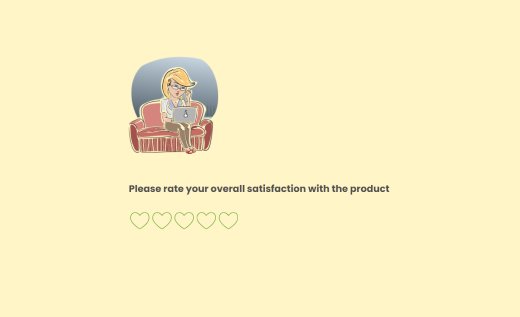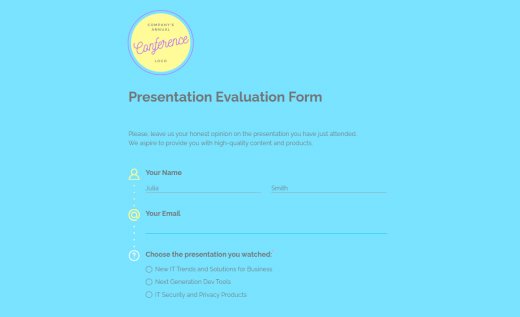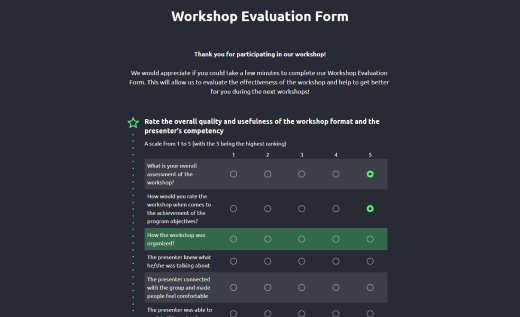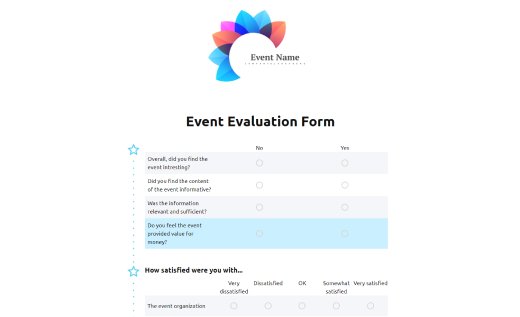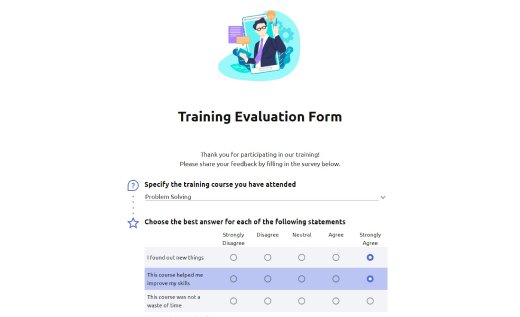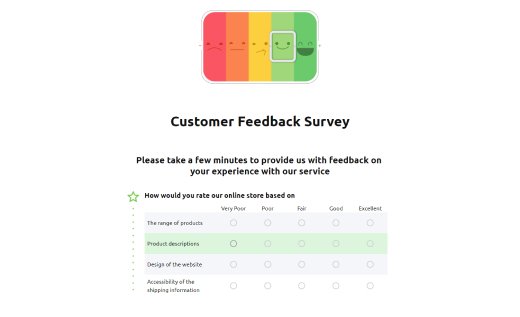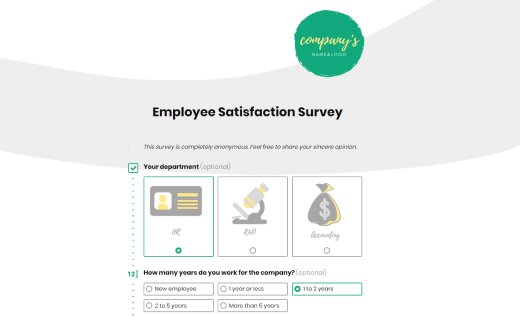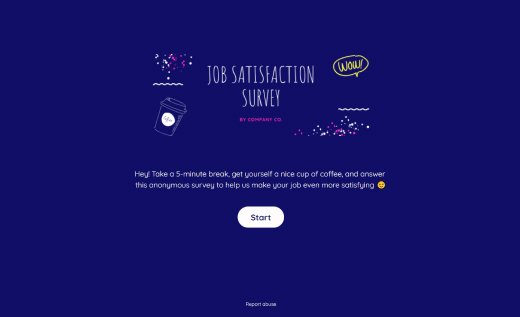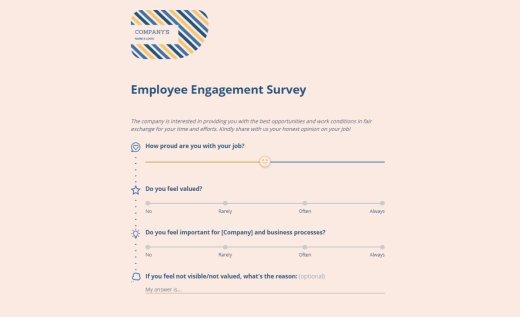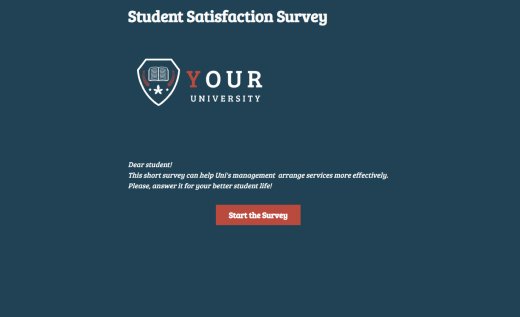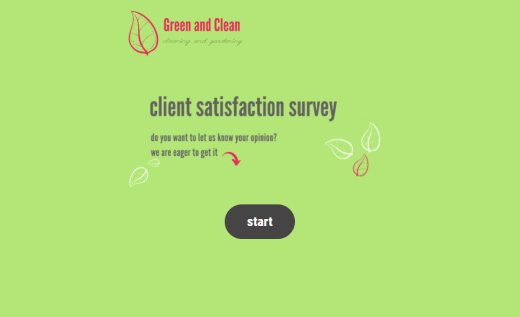Semantic Differential Scale: Definition, Questions, Examples

In simple terms, the semantic differential scale is a type of survey rating scale used for psychological measurement. It helps to get to know your audience’s attitudes, approaches and perspectives. A researcher develops a survey allowing a respondent to express a judgment, using a scale of five to seven points.
What Is a Semantic Differential Scale?
A famous American psychologist, Charles Egerton Osgood, came up with the semantic differential scale in 1979. With the help of his research, it became possible to record and further analyze the “connotative meaning” of emotional attitude towards various matters.
Questionnaires that use the semantic scale are considered to be a very reliable way to get information on people’s emotional reactions when it comes to a wide variety of subjects. For instance, you can measure customers’ attitudes towards a new product launching on the market or employees’ level of satisfaction. Ratings are basically “oscillating” to the extent that they display two adverse characteristics of a subject under study (for example, low to high scale or good to bad scale).
In the article, we provide illustrations and sample surveys utilizing semantic differential scales that are created in the AidaForm Online Survey Maker. You can use ready-made survey fields to create your own differential scales in no time, or you can customize AidaForm templates and conduct your surveys and questionnaires free of charge.
The Semantic Differential Scale: Advantages
Easy for Respondents to Take
The main benefit of using the semantic differential scale is the ease with which respondents will understand the scale. Almost everyone has encountered this type of survey. Thanks to a scale connecting extremely opposite adjectives, the respondents can express their opinions more specifically with the help of specific measurements.
Gives an Objective Picture
As the semantic scale questionnaires are pretty easy to take, respondents may express their opinion in full. That helps the results to be as accurate and as statistically significant as they can be.
Simple for the Interviewer to Make
Saving time is important, so another advantage is that the interviewer only needs to find two opposite terms to use it as a measurement tool for a survey to work. Plenty of online services help to find a good antonym — definitely check them out!
The Semantic Differential Scale: Examples
Charles Egerton Osgood’s research was conducted on a large database and Osgood found that there are three scales (often referred as EPA) that were commonly effective, regardless of race, culture or difference in language:
- Evaluation (good to bad, safe to dangerous, excellent to poor)
- Potency (high to low, strong to weak)
- Activity (fast to slow, active to passive)
Let’s consider a couple of relatable examples!
Researching an attitude towards a product
So, let’s imagine that a company has developed and put a robotic vacuum cleaner on the market. Of course, they have tested the product’s efficiency and demand among a huge sampling of people a thousand times. But still, it’s just necessary to make sure the vacuum cleaner is performing outstandingly, and everybody loves it. Keeping a consumer fulfilled is the target for every company in order to uplift the business. What should the organization do? Just email their clients a questionnaire like this that helps to get perspective on usability, pricing and the design of the product:
It seems like you purchased our new robotic vacuum cleaner a month ago. How would you rate it on the following criteria?
Evaluation survey templates with semantic scales
Add the templates to your AidaForm account to customize them and use them free of charge to collect valuable feedback!
Measuring a job satisfaction level
Getting and retaining the best employees is the goal of all HR specialists. A happy employee is a patriot of a company, the biggest fan of a brand, and a person who makes it all work. Satisfied workers are more loyal to the company and ready to pursue the objectives strenuously. Try using semantic differential questions to measure the level of employee satisfaction:
How do you feel about your job overall?
Job satisfaction survey semantic differential scales
Brand attitude analysis
Attitude towards a brand is essentially both what customers assume and how strongly they feel. Clients may be aware of the product but have a negative or neutral attitude. Even a big brand like Netflix uses the semantic differential scale to get feedback on customers’ emotional experience (see the first question of the survey). Not only the sensual part, but also the issue of pricing is a question of great interest (see the second one).
When thinking about Netflix, how would you rate Netflix on each of the following attributes?
Check out more semantic differential scale example surveys
Add the templates to your AidaForm account to customize them and use them for free!
Likert and Semantic Differential Scales
At first glance, semantic differential scales and Likert scales look very similar: both scales are used to find out what clients like or don’t like about specific product characteristics, or a service or brand in general. Both scales ask respondents to point out their experience on a five- or higher point rating scale.
Nevertheless, Likert and semantic differential scales differ greatly in how the questions are asked and what information is derived from the customers’ responses. While the Likert scale question asks the customer to agree or disagree with a given statement, the semantic differential scale question invites them to express their emotional perception on a scale between two polarized options (for example, on the good to bad scale).
You will find more detailed information and various examples in the blog articles devoted to the Likert scale and other types of survey rating scales .
How to Make an Effective Semantic Scale Questionnaire
Use Osgood’s EPA
Design it!
Find the right adjectives
Consider easy alternatives if you don’t find the antonyms
If you think that a semantic differential scale is too complicated, there are at least two more options.
An Adjective Check List
When using such a survey technique, you don’t need to contrast opposite adjectives. Just list positive and negative concepts for participants to choose from.
Tip: Randomize the adjectives to make sure you’re not influencing respondents’ choice.
Click on the button next to each word that describes how you feel about getting voluntary insurance.
A Semantic Distance Scale
The semantic distance scale also helps to avoid the issue of struggling with thinking up antonyms but still lets participants rate each concept:
How well do the following terms describe your experience with our new website?
1 is Not at All, 7 is Perfectly
